ornamental cast iron rookery building pilaster panel joins bld. 51 musuem collection
This entry was posted on October 23 2018 by Eric
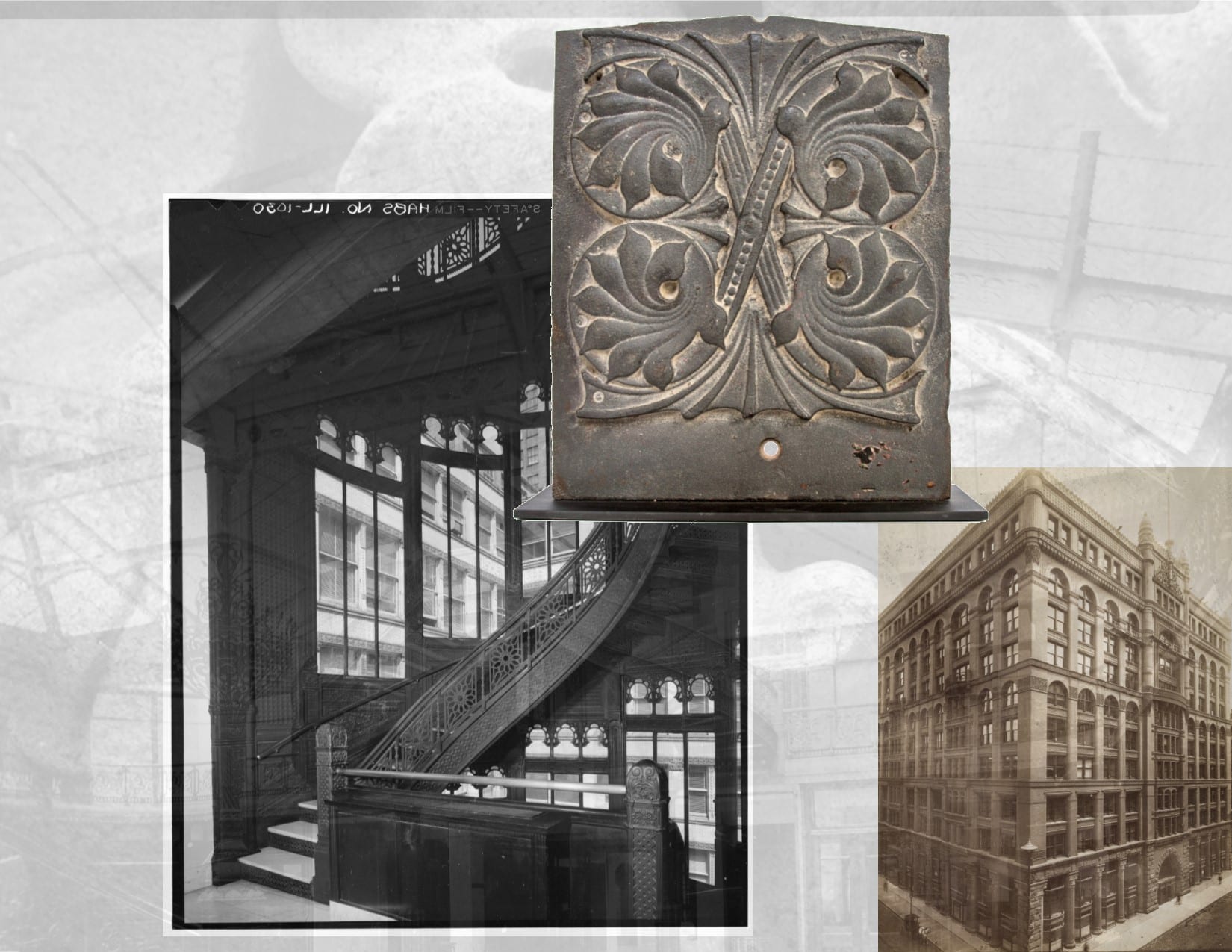
an original and historically important john wellborn root-designed ornamental cast iron pilaster fragment, salvaged during the removal the the building's adams street entrance staircase, is the latest addition to the bldg. 51's every-growing museum architectural ornament collection.
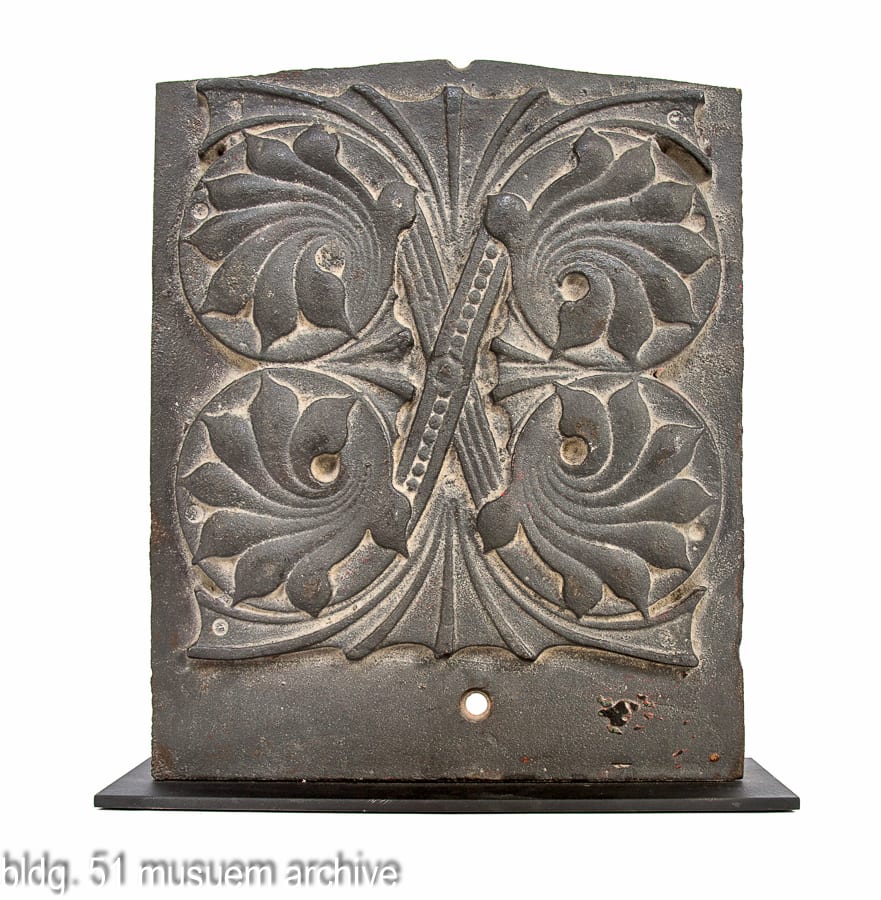
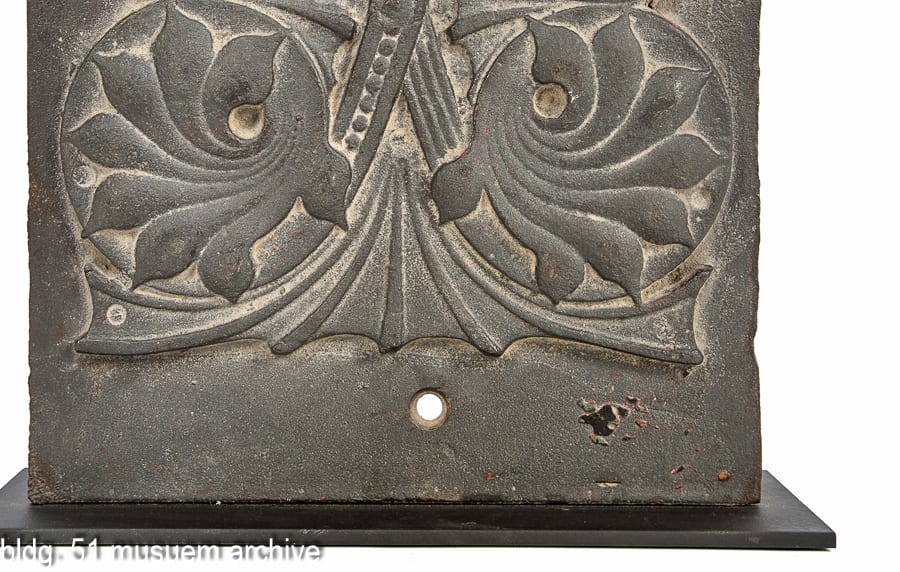
construction of the rookery building took place between 1886 and 1888, and at the time, the twelve-story building was the tallest in the world. the rookery building was named for the temporary city hall that was built on the site after the great chicago fire. it was dubbed “the rookery,” referring to the birds that would roost on the exterior ledges, and for the dubious politicians who would congregate at the building.
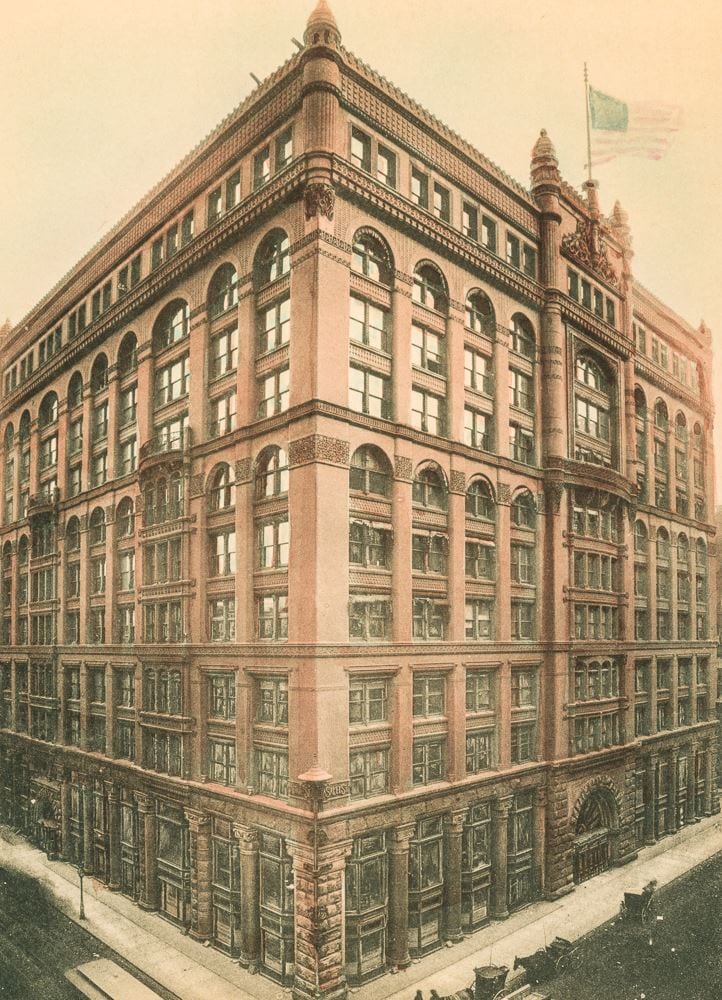
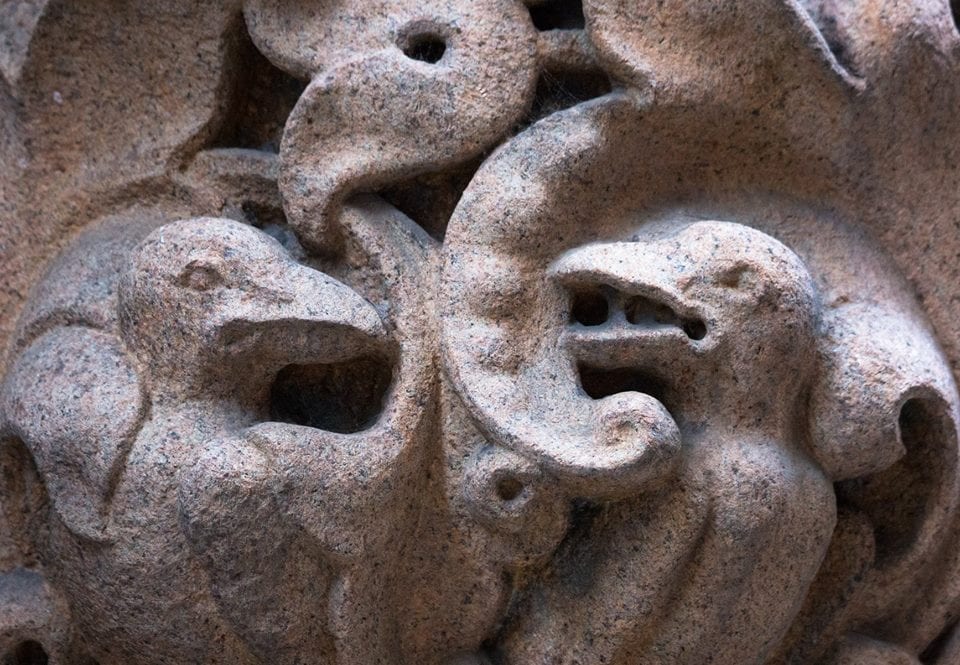
located in chicago’s loop at the corner of lasalle and adams streets, the rookery building was designed for the central safety deposit company. the architectural firm of burnham & root were selected to construct the rookery after several notable projects showed their designs to be innovative and progressive during the rush to rebuild after the great chicago fire in 1871. the firm gained recognition after designing a home for union stockyards magnate john b. sherman in 1874. after the rookery building was completed, they went on to design more office buildings in chicago such as the monadnock building, the northern half of which was completed in 1891, and the masonic temple building in 1892 (demolished in 1939).
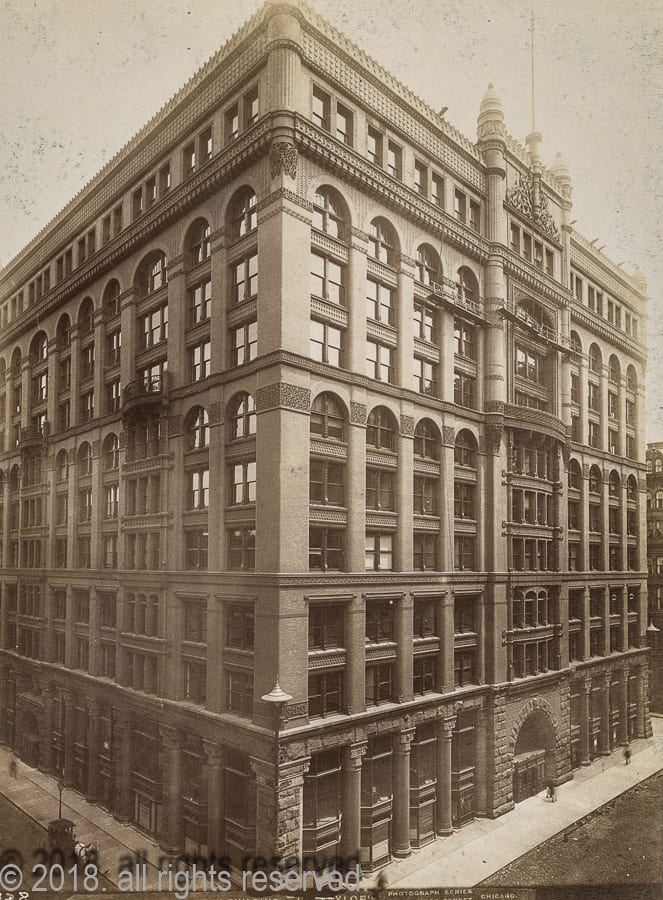

the rookery building was significant to the development of american architecture and placed chicago in the forefront of the race to build the first skyscraper. the structure successfully implemented many new and breakthrough building technologies – including combined load-bearing masonry walls with an iron skeletal frame, “floating” foundations, elevators, fireproofing, electrical lighting, and plate glass - that established the commercial acceptance of the modern skyscraper.

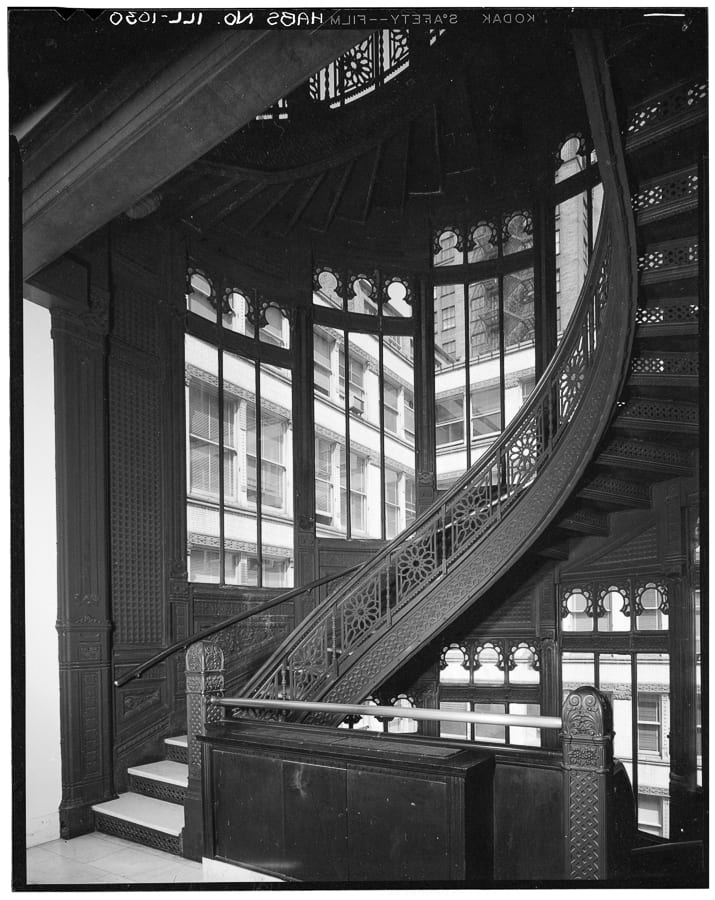
today, it is considered the oldest standing high-rise in chicago. moorish, romanesque commercial, indian, venetian, arabian, islamic, byzantine: all these words have been used to describe the rookery’s exterior motifs. some critics said that the mix of styles lacked unity, but others felt that the repeating patterns were an interpretation of american culture, reflecting a spirit of conquest. the adams street staircase (since removed) was designed by root and is ornamented with moorish decoration that he loosely based on designs by owen jones from his 1856 work the grammar of ornament.
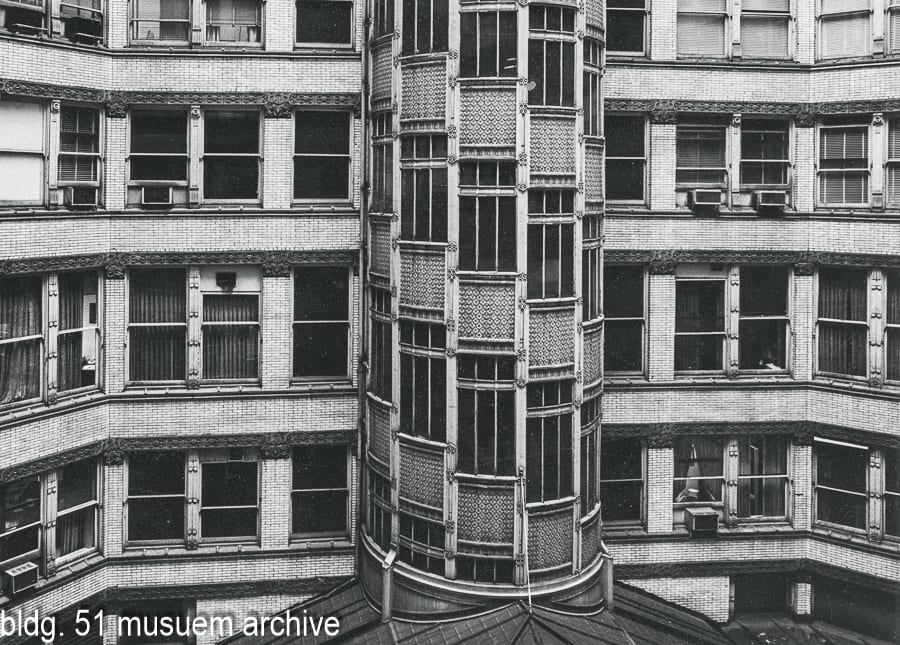
the cast iron elements were executed by hecla iron works of brooklyn, new york, a firm that specialized in manufacturing ornamental iron and bronze items. the stairway was carefully dismantled, tagged, numbered and removed during the renovation and restoration of the rookery in march of 1990. following this grand-scale restoration process, the building’s owner, presented the stairway as a gift to the university museum at southern illinois university edwardsville. since that time, several pieces were sent to auction to raise money for the university's architectural ornament collection.

additional posts on burnham and root:
s
HISTORICALLY IMPORTANT JOHN BURNHAM ROOT-DESIGNED ORNAMENTAL IRON HEADER PANEL LATEST ADDITION TO BLDG. 51 MUSEUM ARCHITECTURAL ARTIFACT COLLECTION

This entry was posted in , Miscellaneous, Bldg. 51, New Products, Events & Announcements, New Acquisitions, Featured Posts & Bldg. 51 Feed on October 23 2018 by Eric
WORDLWIDE SHIPPING
If required, please contact an Urban Remains sales associate.
NEW PRODUCTS DAILY
Check back daily as we are constantly adding new products.
PREMIUM SUPPORT
We're here to help answer any question. Contact us anytime!
SALES & PROMOTIONS
Join our newsletter to get the latest information
























